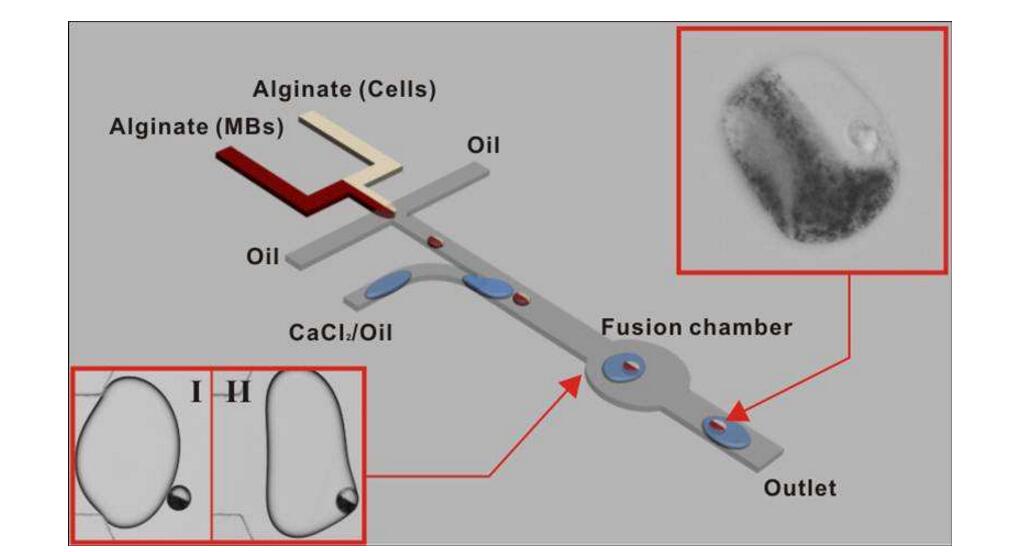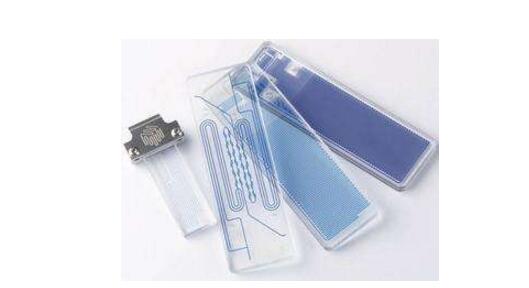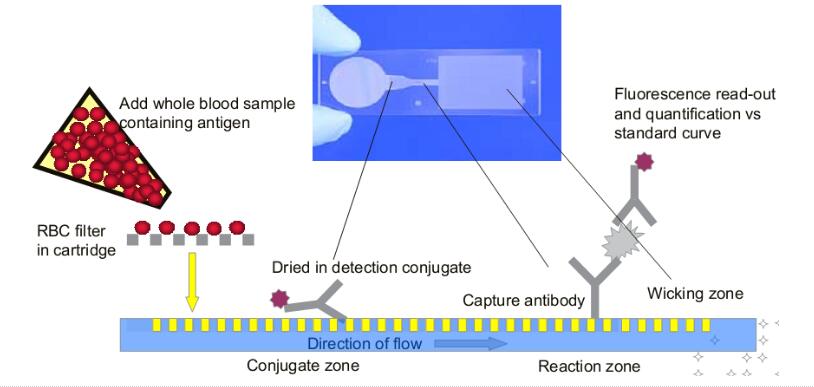Miniaturization, integration and intelligence are an important trend in the development of modern science and technology. With the development of micro-electromechanical processing system (MEMS) technology, the electronic computer has evolved from a "jumbo" to a portable system consisting of tiny circuit integrated chips, and even a miniature smart phone.
The MEMS technology is called the Micro Electromechanical System. The MEMS concept was proposed by Richard Feynman, the Nobel Prize winner in Physics, in 1959. Its basic concept is to use semiconductor technology to miniaturize the mechanical system in real life to form a miniature electronic mechanical system. Abbreviated as MEMS.
In 1962, the world's first miniature pressure sensor was introduced. This innovative product was later applied to automotive safety (tire pressure detection) and medical treatment (invasive sphygmomanometer) and opened the MEMS era. Today, MEMS technology plays a key role in the military, aerospace, biomedical, industrial transportation, and consumer sectors. In smart phones, multiple MEMS chips are embedded, such as microphones, accelerometers, and GPS positioning.

There are more and more chip-integrated unit components, and the larger the scale of integration, the greater the integration of microfluidic chips. At the same time, a large number of samples can be processed in parallel, featuring high throughput, fast analysis, low consumption, low material consumption, and low pollution. The amount of reagent required to analyze the sample is only a few microliters to several tens of microliters. The volume is even in the nano upgrade or skin upgrade.
And the price is safe, therefore, the microfluidic analysis system is miniaturized. The advantages of integrated integration and portability provide extremely broad prospects for its application in many fields such as biomedical research, drug synthesis and screening, environmental monitoring and protection, health and quarantine, forensic identification, and detection of biological reagents.

The microfluidic chip adopts a semiconductor-like microelectromechanical processing technology to build a microfluidic system on a chip, and the experiment and analysis process is transferred to a chip structure composed of interconnected paths and liquid chambers, and after loading the biological sample and the reaction solution , using micro mechanical pumps. Electrohydraulic pumps, electroosmotic flow, and other methods drive the flow of buffers in the chip, form microfluidic channels, and perform one or more continuous reactions on the chip. Many detection systems such as laser-induced fluorescence, electrochemical and chemical detection systems, and mass spectrometry and other analytical methods have been used in microfluidic chips for rapid, accurate, and high-throughput analysis of samples. The most important feature of microfluidic chip is that it can form a micro total analysis system with a multi-function integrated system and a large number of composite systems on one chip. Microreactors are commonly used in microarray labs for biochemical reactions, such as capillary electrophoresis, polymerase chain reaction, enzyme reactions, and microreactors for DNA hybridization reactions. Among them, the voltage-driven capillary electrophoresis (CE) is relatively easy to implement on the microfluidic chip, and thus has become the fastest growing technology among them. It etched the capillary channel on the chip, and the electrophoretic sample flowed through the channel to complete the detection and analysis of the sample. If the capillary array is built on the chip, hundreds of samples can be completed in a few minutes. Parallel analysis.

Microfluidic chip working principle diagram
Application of microfluidic chip technology in water environment pollution 1. Microfluidic chip system for detecting heavy metals in waterWith the development of industry and agriculture, more and more heavy metals such as mercury, chromium, lead, copper, nickel, vanadium, etc. are discharged into water bodies, which will not only produce toxic effects on aquatic animals and plants, but also enter the biological chain through enrichment. It poses a serious threat to the entire ecological environment. For the detection of the above-mentioned heavy metals, high-accuracy methods such as atomic absorption spectroscopy and atomic fluorescence spectrometry can be used. However, rapid and efficient detection tools are still needed in response to sudden pollutant leakage events or continuous monitoring of a region. Using photolithography and wet etching technology, a microfluidic chip was successfully developed. This chip successfully measured the cobalt nitrate using Luminol luminescence properties. At the same time, after a simple transformation, the micro total analysis system can also become a device for detecting hydrogen peroxide or nitrogen dioxide, and can be combined with a signal transmission device to become a device with its own wireless signal transmission function.
Paper-based microfluidic devices have also developed rapidly in recent years. Compared with microfluidic devices with similar functions, they have the advantages of simple operation, no need for external aid equipment, multiple detection, and the like. Paper chips that detect multiple heavy metals show good sensitivity.
2, for the determination of nutrients in water body chip systemMicrofluidic chip systems for nutrient measurement are mostly based on the principle of spectrophotometric detection. Modern microfabrication techniques are used to integrate various optoelectronic components. For example, a microfluidic chip system for the detection of phosphate in water. The system is equipped with a data launching device, which can be used to arrange all-round real-time monitoring of the phosphate pollution in the area at different locations in the target area. The minimum detection limit is 0.3 mg/L.
Jia Hongxin et al. proposed a three-layer hybrid microfluidic chip, which processes micro-reaction channels on glass slides, processes gas-permeable membranes with PDMS and PDMS negatives with accepting channels, and realizes the reaction of ammonium ions in solution to produce ammonia. Diffusion, separation, absorption, bromothymol blue coloration and photometric detection on microfluidic chips.
3, for the analysis of organic pollutants in waterIn addition to inorganic pollutants in the water body, a greater amount is organic pollutants. It affects the ecosystem in a way that is toxic and reduces the dissolved oxygen in the water and endangers human health. Therefore, the amount of organic pollutants is evaluated as water pollution. Brother's extremely important indicator. Due to the low content of this type of pollutants, it is usually necessary to carry out pre-treatment. The advantages of the microfluidic chip is that it can integrate the pre-treatment and the later detection, and has a high extraction/enrichment efficiency. Wait.
4, for microbiological detection chip system in waterThe micro-organisms in the water body belong to the granular organic carbon range according to their particle size, and their species groups can reflect the ecological characteristics of the water body and some important pollution conditions. It is a routine monitoring indicator in the ecological investigation of water bodies. During its measurement, flow cytometry is the most accurate and rapid method. However, its equipment is expensive, bulky and requires special operations. It is not suitable for on-site and continuous monitoring requirements. The appearance of microfluidic chip based on sheath-flow control overcomes these limitations to a certain extent, and may realize the integration of instruments. Miniaturization, automation and portability.
Sdec 0-20Kw Diesel Generator,Sdec Soundproof Power Generator,Sdec Mobile Power Generator,Sdec Canopy Power Generator
Shanghai Kosta Electric Co., Ltd. , https://www.generatorksd.com